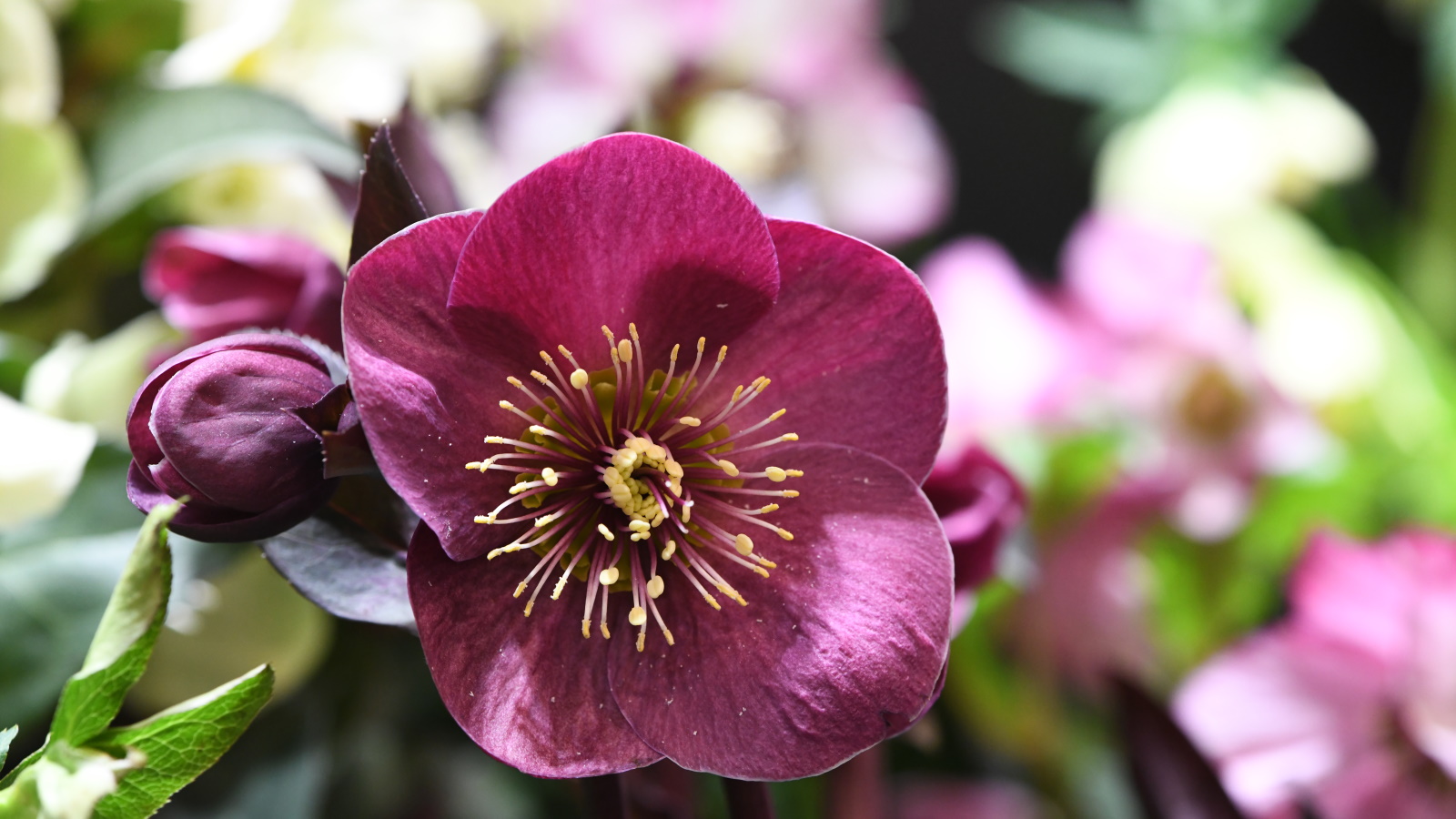
Delicate and elegant, hellebores have long captivated gardeners for their ability to bloom in the chill of winter. When the garden is rising out of its slumber, hellebores are quick off the mark, acting as a floral reminder that spring is on its way.
Originating from Europe and Asia, hellebores are perennials with a rich – and somewhat murky – history dating back to ancient Greece, where parts of the plant were used as a poison. The name 'hellebore' derives from the Greek words 'hellin', to kill, and 'bora', food. Needless to say, the hellebore should still be handled carefully.
There are many different hellebore species and hellebore varieties, showcasing great diversity with a range of forms and colors, including shades of pink, purple, green, and white. They can also be used in different ways, planted as part of a winter border, or in a container display such as in a winter window box, for example.
Adding a hellebore to your backyard is the perfect and easy way to be sure of color in the colder months of the year. Read on to discover where best to plant hellebores, both in borders and in containers, and enjoy vivid displays of color in the weeks and months ahead.
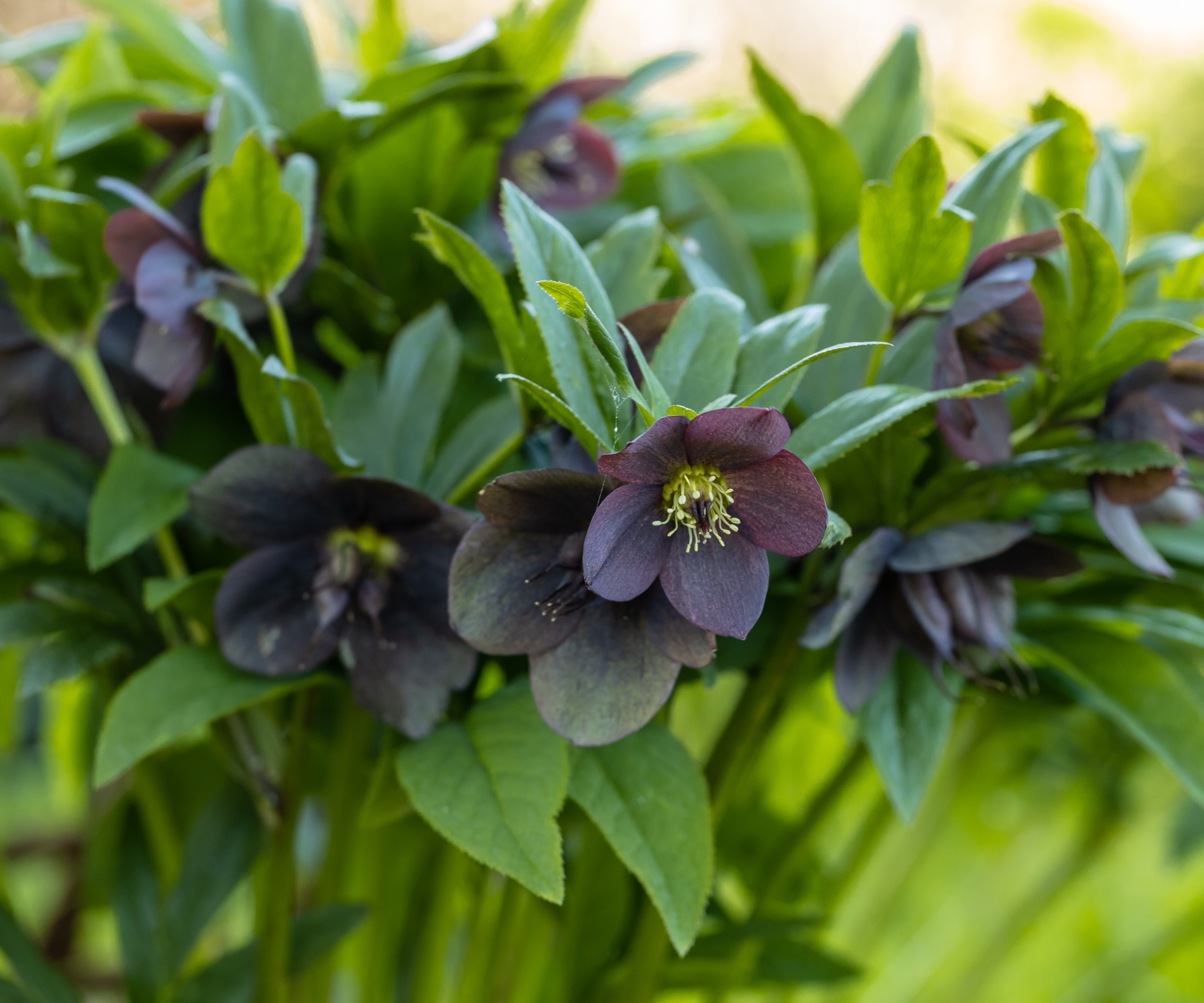
Where to plant hellebores
Planting hellebores in your backyard is a great way to add color and interest at a time when the garden is awakening. You can plant hellebores both in garden borders or in containers.
Planting hellebores in the right place
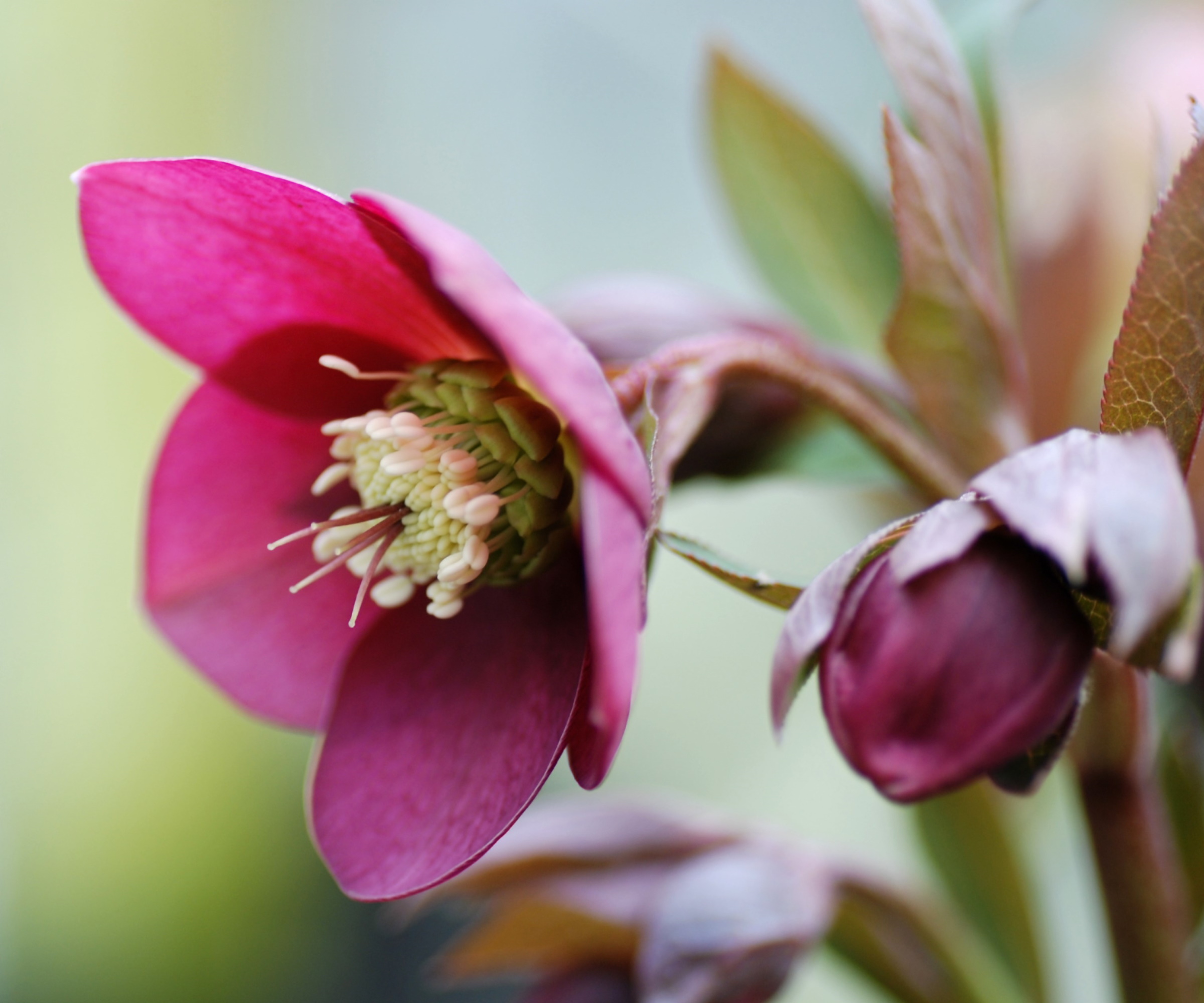
When thinking about how best to grow hellebores, it is important to remember that the ideal growing conditions will be dependent on the hellebore you wish you grow, so always plant in the right place for specific hellebore varieties. All hellebores tend to grow well somewhere in US hardiness zones 3 - 9, so you will be able to find a hellebore to suit your growing conditions.
'Most hellebores perform best in partial shade, with a rich, moisture-retentive soil,' advises Dr Ross Bayton, Director at Heronswood Gardens in Washington. They thrive in cool, partially shaded positions, such as under larger shrubs or trees, and are a good option if you are thinking about woodland garden ideas. For this situation, Ross recommends Helleborus niger, commonly known as the Christmas or winter rose, which has 'crisp, clean white flowers and is one of the earliest to bloom, a real treat in the depths of winter.'
If your backyard is more open or dry, do not think that growing hellebores is an impossibility. 'Those with silver-green leaves, such as the Corsican hellebore, Helleborus argutifolius, thrive in full sun and are drought tolerant,' Ross says. This particular hellebore has nodding, pale-green flowers that are unique and not as well known as other varieties.
Always select the right situation for your hellebore. Remember that this genus has many plant species and varieties, and each will have particular preferences. If the foliage has a silver-grey color, there is a good chance it is not a shade-lover, but always consult the label before planting.
Planting hellebores in containers
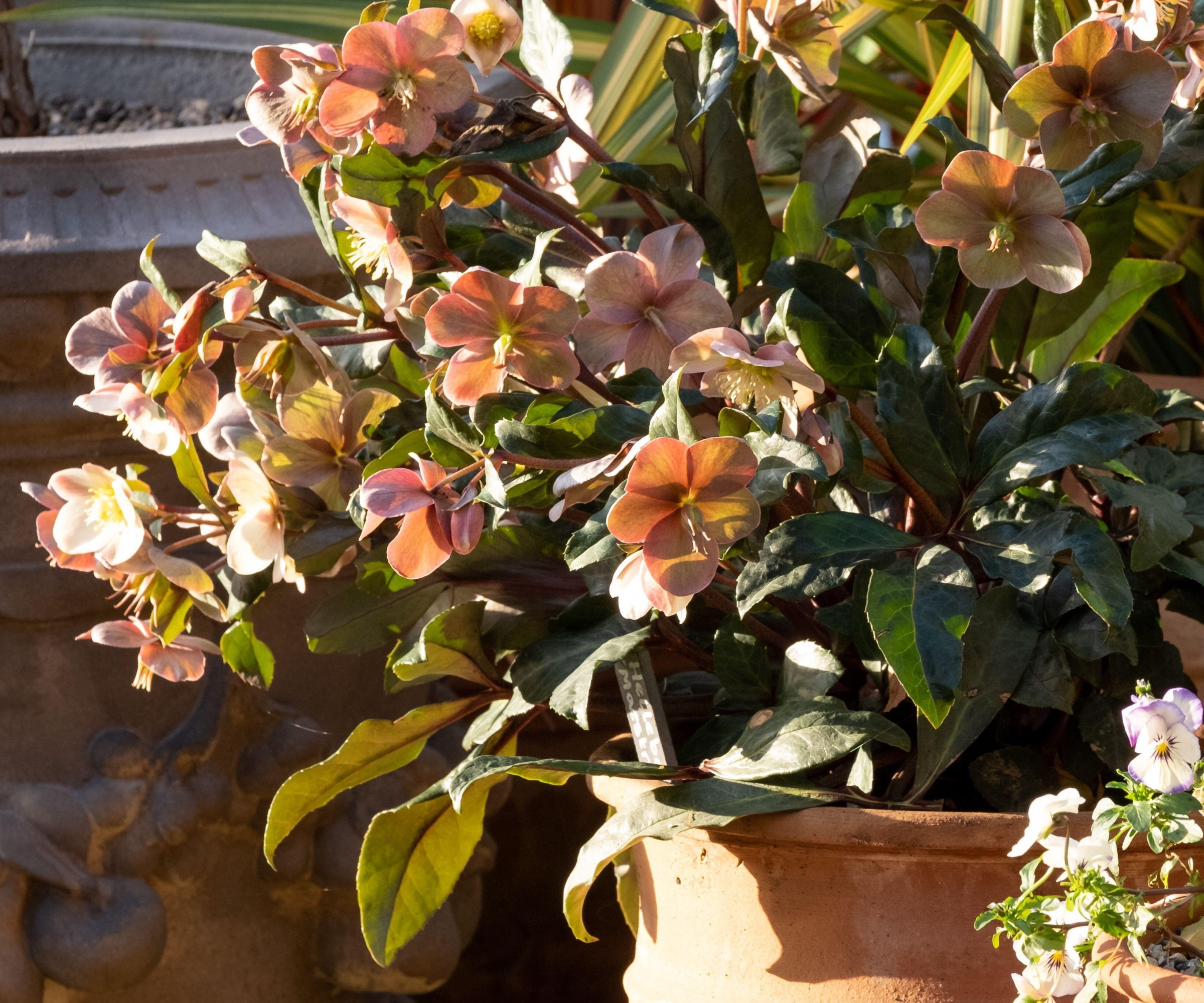
Hellebores can make 'great seasonal pot plants,' Ross says, 'providing foliage and color throughout the winter.' As with planting hellebores in garden borders, consider the most suitable location for your specific hellebore when growing in containers. 'Almost any hellebore will happily spend a winter season in a container,' Ross continues, 'and you can grow them in pots for several years.'
When planting your hellebores in containers, use a soil mix that has added drainage, such as sand, grit or mulch. Remember that containers can dry out, even during the winter months. Move pots into a visible position close to your home when they are about to flower. Ross advises that best practice is to replant hellebores 'out into the garden after the flowers fade in late spring, where they will be long-lived and floriferous.'
Ross recommends planting one of the hellebore Frostkiss series in containers, such as this Helleborus Frostkiss 'Molly's White' from Garden Goods Direct. This hellebore is distinguishable both by its wonderful white-green flowers and striking, mottled foliage.
Shop hellebore plants
Full double blooms that are intensely purplish-black. Glossy foliage, deep green to purplish-black that emerges in spring, and remains very attractive through the seasons.
Uniquely colored single hellebore in apple green, edged with rose red. In late winter, blooms emerge, a prelude to spring. Clean, rich green, lobed leaves are very attractive through the seasons.
Maroon-red flowers emerge in late winter to early spring. Robust plants put on a dazzling display of 3-4” single flowers in dark red, each with a bright creamy gold center.
How to care for hellebores
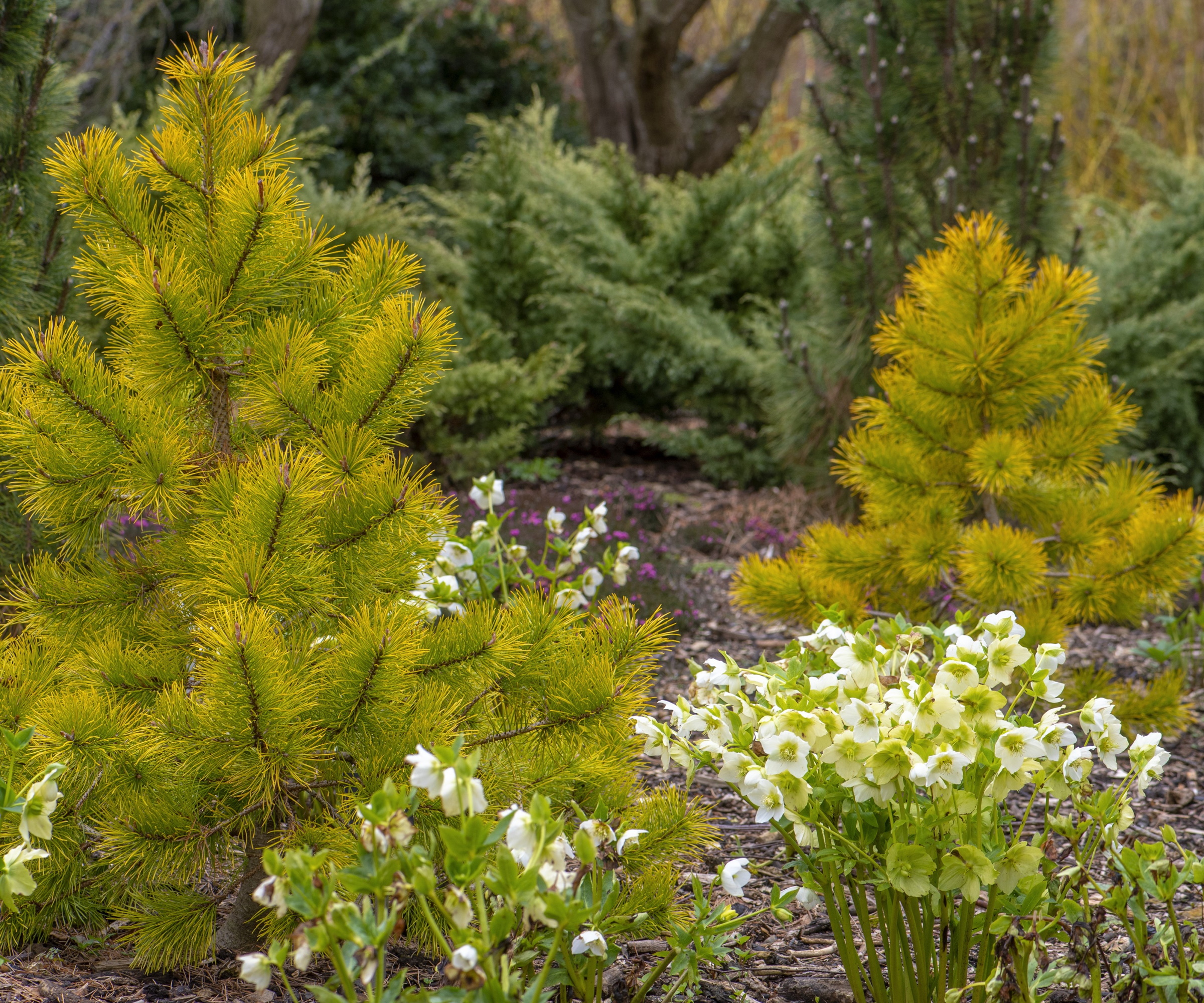
Once your hellebore is established it will require little maintenance. Most varieties are hardy and do not demand much attention. 'Winter containers,' Ross says, 'require little care as plants grow slowly or not at all during cold weather.' Water your container only when the soil feels dry. As temperatures increase in spring and summer, it is a good idea to move containers away from direct sun and remember to water throughout the growing season.
When caring for hellebores that have been planted in the garden border, applying a leaf mold or an organic mulch will help to improve the soil and encourage growth. Most hellebores can naturalize, meaning the plant will persist and reproduce naturally, without human interference, so deciding on a spot in the garden where you are happy for your hellebores to grow is crucial.
In terms of pruning, 'it's worth removing their foliage in late winter,' Ross says, 'so the flowers are easier to see and enjoy.' Cut leaf stems off at the base, being careful not to cut or damage any emerging blooms. In doing so, the hellebore flowers will be unobstructed by last year's foliage, and take center stage.
FAQs
Are hellebores poisonous?
Hellebores are poisonous and will result in pain and discomfort if ingested, so do keep an eye on children and pets when they are out in the garden. When handling hellebore plants, it is advisable to wear gloves, as parts of the plant can cause skin irritation.
Do all hellebores like shade?
Whilst most hellebores can be planted in partial to full shade, some prefer an open location, such as the Corsican hellebore, Helleborus argutifolius. Always select the right situation for your hellebore by consulting the plant label.
There are many different hellebore varieties to pick from, so you are sure to find one that will suit your outdoor space. Consider planting a winter window box with hellebores, with stunning flowers that will brighten up your home.







